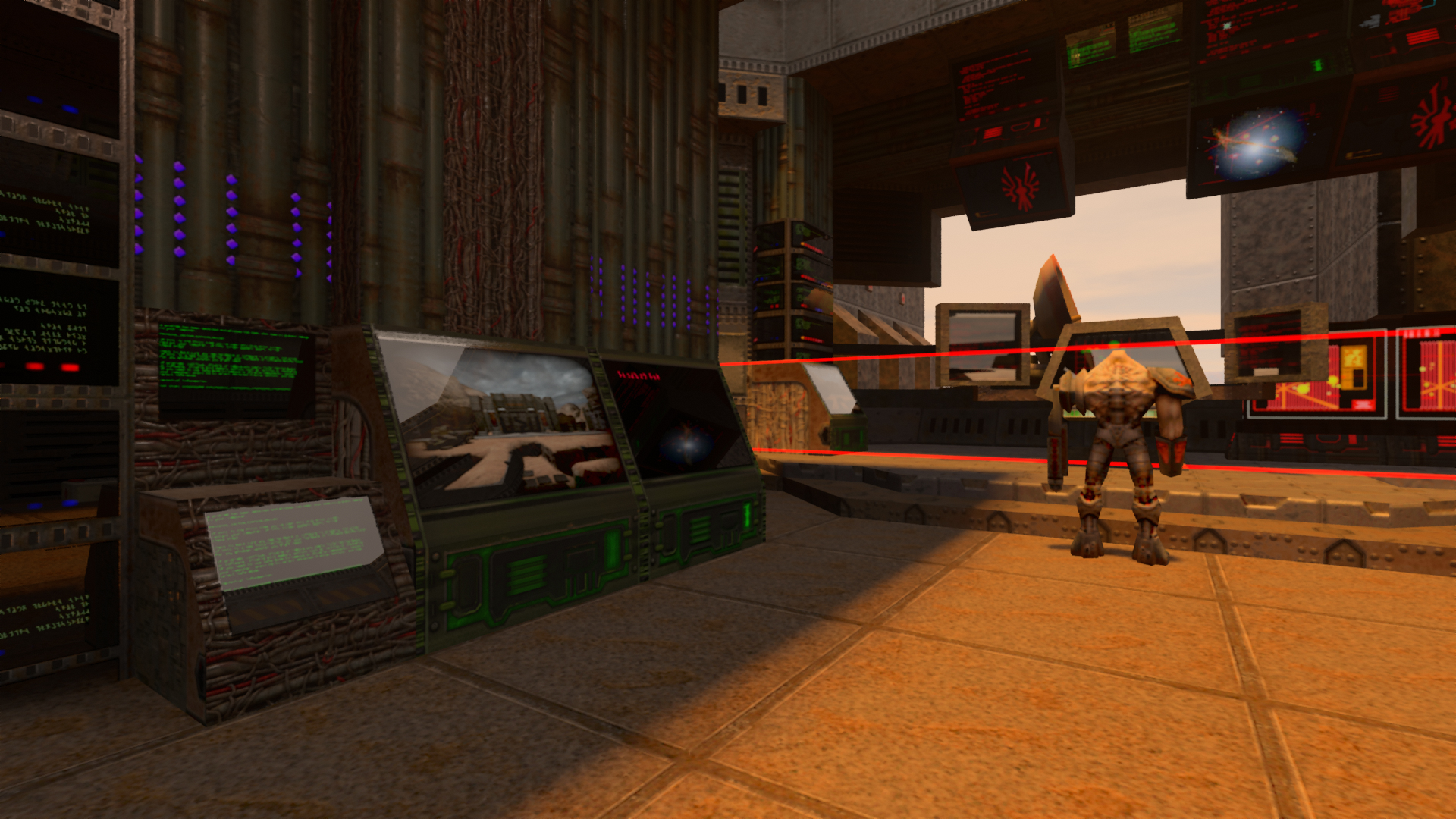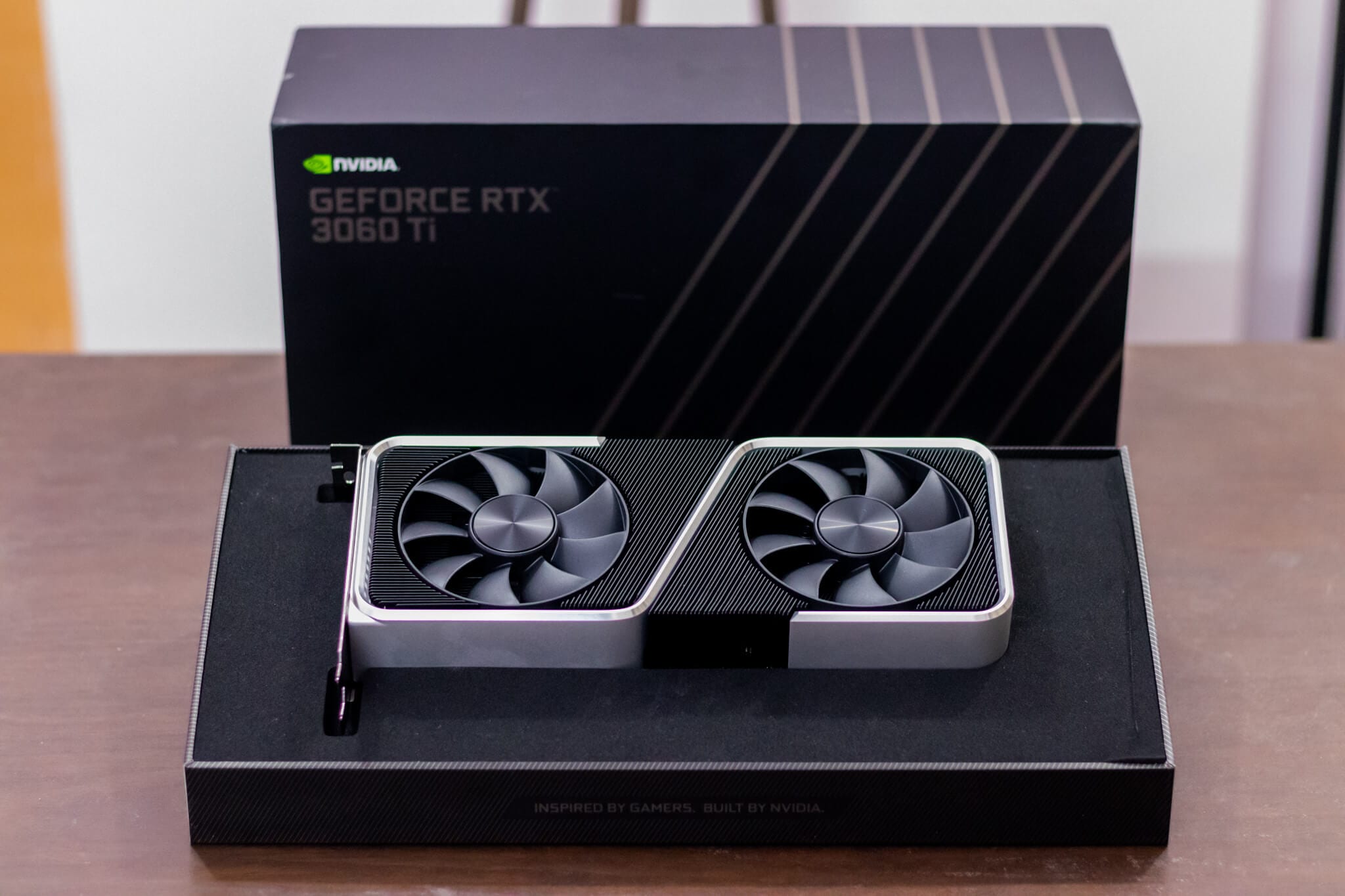

#Quake 2 rtx 3060 ti drivers
The latest 3469 drivers help quite a bit, though some oddities remain and we suspect there's still room for improvement. Intel's Arc Alchemist GPUs have had problems with Minecraft RTX since they first gained support.

For a bare minimum playable experience of over 30 fps (average), the RX 6650 XT and above will suffice. If you're only looking to clear 60 fps average performance, the RTX 2080 Super and above will suffice. To get performance above a steady 60 fps (meaning, the 1% minimum fps is also above 60), you'll need at least an RTX 2080 Ti, or alternatively an RTX 2060 basically gets there if you turn on DLSS. AMD does offer several GPUs that can now break 60 fps, but even the RX 7900 XTX falls behind the RTX 3080, and the fastest previous gen RX 6950 XT trails the RTX 3060 Ti. If you've seen results like this before, you won't be surprised to see that Minecraft RTX runs far better on Nvidia RTX hardware than on anything else - and that's not even factoring in DLSS upscaling. The blocky nature of Minecraft does lend itself rather well to DLSS upscaling, however, so even 4x upscaling at 4K still looks very good.
#Quake 2 rtx 3060 ti 1080p
As far as we can tell, for 1080p and lower resolutions, DLSS uses 2x upscaling (Quality mode), 1440p uses 3x upscaling (Balanced mode), and 4K and above use 4x upscaling (Performance mode). One other important note is that DLSS upscaling can't be tuned, it's either on or off with an Nvidia GeForce RTX card. That's because the ray traced rendering requires additional information on the various blocks to tell the engine how they should be rendered - e.g.

You can find various generic RTX texture packs to use for your own maps, though you can't simply enable ray tracing effects without such a pack. Our test map is Portal Pioneers RTX, which includes a helpful benchmarking setup. Higher rendering distances will put more of a strain on the CPU, but certainly running with 64 chunks isn't uncommon. Note that in vanilla Minecraft, the rendering distance can be set as high as 96 chunks (it used to be 160, or perhaps that varies by map). We're focusing on native rendering for the most part, but we do have a couple of DLSS results in the charts to show how that can affect things. We're testing at four settings: 1920x1080 with 8 RT Chunks rendering distance, and 1920x1080, 2560x1440, and 3840x2160 with a 24 RT Chunks rendering distance - the maximum available. For these tests, we're only looking at the impact of the GPU, and we've more or less maxed out all of the other hardware to eliminate bottlenecks as much as possible. While those do matter to some extent, especially if you're using something like an RTX 4090, we feel that anyone trying to run Minecraft RTX will likely have at least 16GB of memory and a reasonably capable CPU. We previously tested Minecraft RTX using other CPUs and different memory conditions. (The Intel drivers are the main change with this update, as the latest release has improved Minecraft RTX performance quite a bit.) We'll have more details on the ray tracing implementation of Minecraft below, but let's get to the benchmarks first, since that's likely why you're here. We've now tested Minecraft RTX on every DXR-capable graphics card, ranging from the lowly AMD RX 6400 and Nvidia RTX 3050 up to the chart topping 4090. Second, with cards like the Nvidia RTX 4090 now available, you can still get very good performance even at maxed out settings. So why would anyone want to turn on ray tracing in the first place, if the performance hit is so severe? First: Look at all the shiny surfaces! Minecraft RTX is a completely different looking game compared to vanilla Minecraft. As impressive as that might seem, there's probably still room for additional improvements. In our test sequence, we saw gains of up to 43%.
#Quake 2 rtx 3060 ti driver
The driver notes indicate up to a 35% improvement in performance with Minecraft RTX. We retested all of the Intel Arc GPUs with the latest 31.0.101.4369 drivers.


 0 kommentar(er)
0 kommentar(er)
